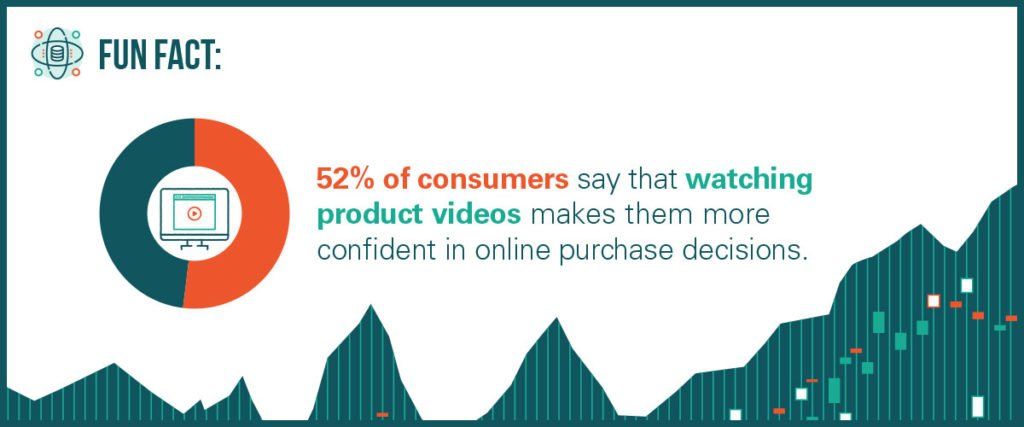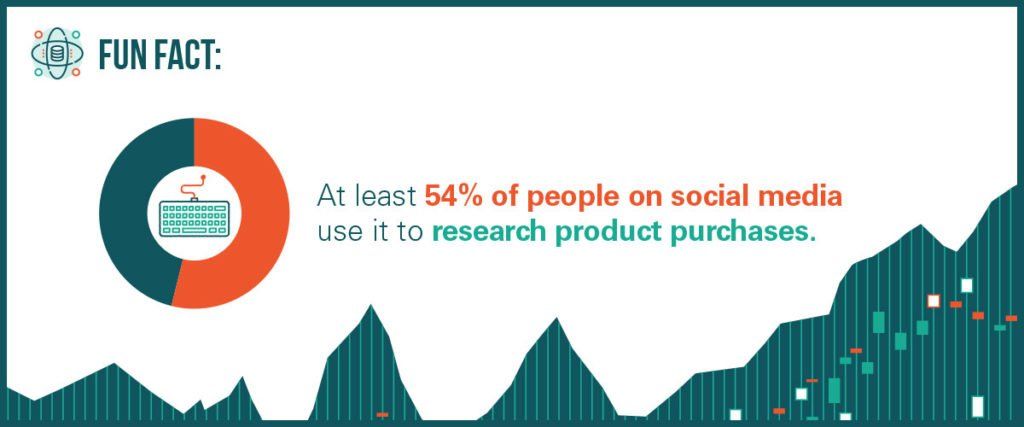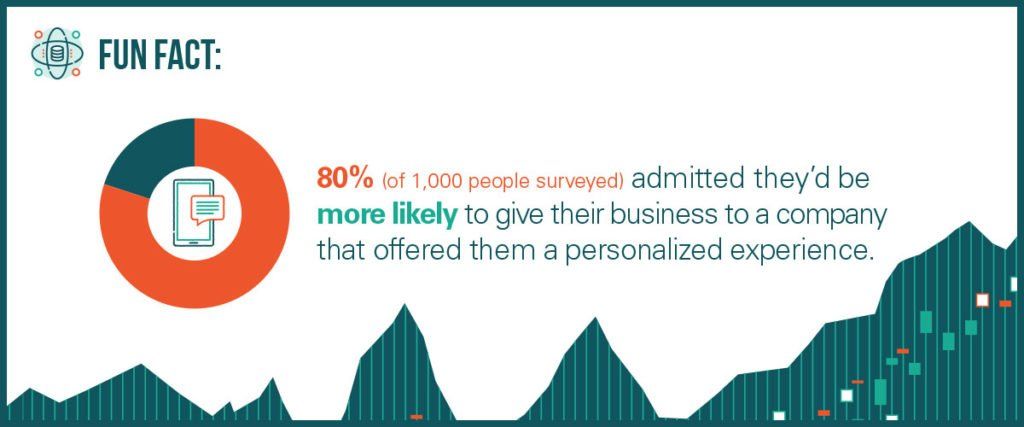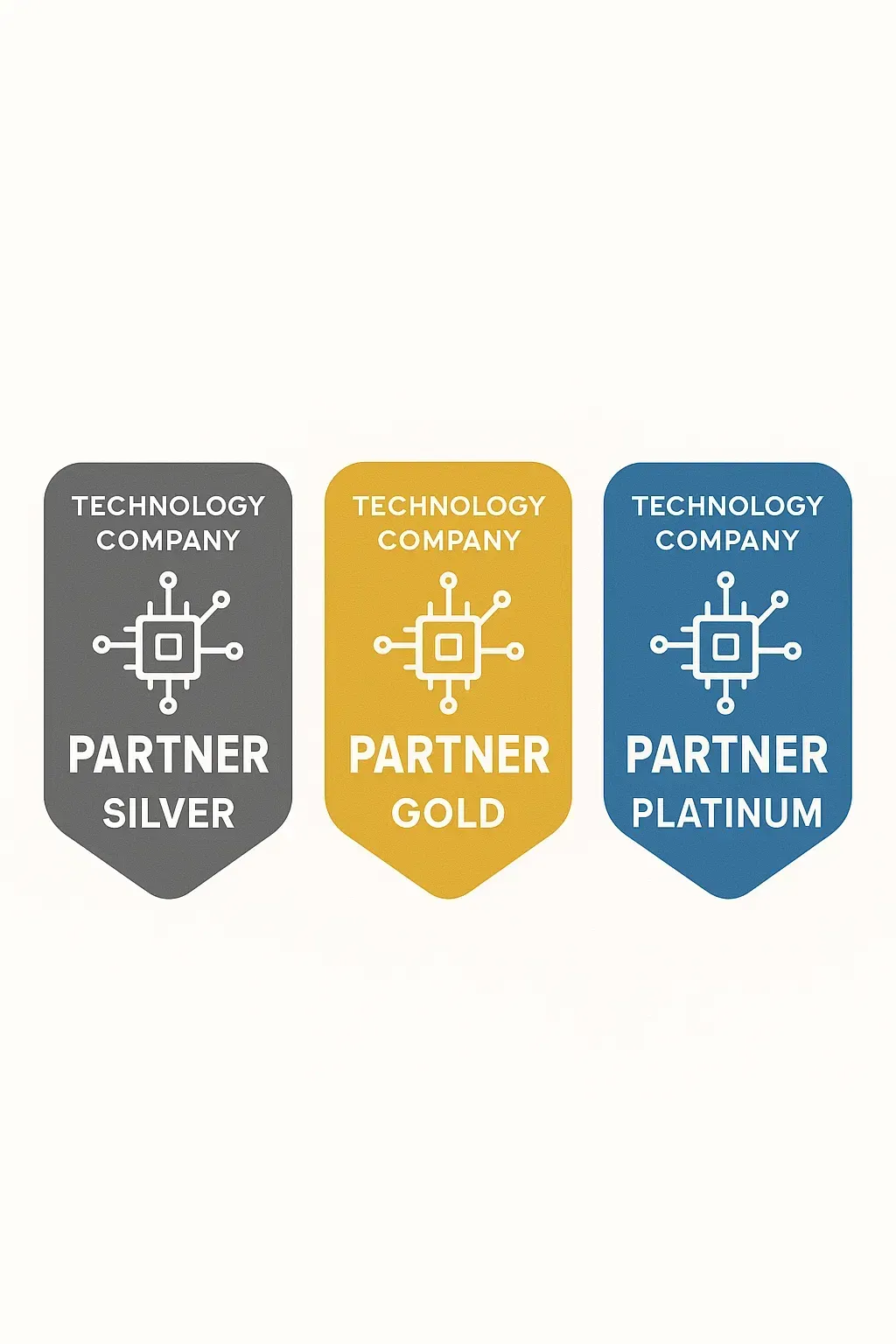5 Marketing Trends of 2020 To Be Aware Of
Speak Agency • January 13, 2020
SHARE THIS:
It’s a brand-new year and a new decade—welcome 2020! 2019 brought countless viral moments and advertising gold—remember the Popeyes Chicken Sandwich that made headlines for weeks and was sold-out everywhere? A single photo of an egg became the most liked photo on Instagram surpassing Kylie Jenner’s most liked post by 18 million likes. Nike touched all of our hearts with their “Dream Crazier” campaign featuring Serena Williams to inspire all women athletes to pursue their dreams-no matter how crazy they may seem to others.
Marketers, agencies, and users provided us with incredible content in 2019, so naturally we’re eager to see what comes next. To get some insight into what’s coming for 2020, we broke out the crystal ball and summoned the prognosticators predictions for this year. Not surprisingly we compiled a list of the top five trends we may see be incorporated into brands, campaigns and more viral moments.
Video Content
Once again video content will continue its meteoric rise in 2020. With YouTube being one of the biggest platforms for video uploads, many brands will be utilizing the media giant this year. Users are interacting more and more with Facebook live as well as Instagram IGTV. Live videos are maintaining users engagement and attention 3x longer than uploaded content.
(Dave, singlegrain.com)
We can’t forget to mention TikTok. The short-form video platform has taken social media by storm. Gen Z users have adapted quickly to this new app while many of us either refuse to give up space on our phone to download the app or continue to remain loyal to Vine. Since TikTok hit 1.5 billion downloads last year, there’s no denying the influence the platform has on young people from the ages of 16-24-something marketers should pay attention to.
Shoppable Posts
Thanks to Instagram and Facebook, e-commerce stores can now sell their products and services directly to consumers via social media. This allows brands to provide an easier and quicker shopping experience for consumers, by placing it directly onto their feed. With Instagram stories, brands can feature a new product using a video and a direct link for the consumer to make a purchase.
(Ellis, 99designs.com)
Reevaluation of Social Media Metrics
Instagram began hiding likes for a subset of U.S. users last November. Say what? Yep, that’s right. Last May, Instagram began testing this new change in Canada and since then has expanded into countries such as Australia, Ireland and New Zealand. Adam Mosseri, CEO of Instagram, states that the main objective for this change is to depressurize the social media platform and promote the well-being of its users. Mosseri further states, “We will make decisions that hurt the business if they help people’s well-being and health.” Due to this change, marketers and brands will have to find a new engagement metric for social media influencers. They could possibly focus more on how many saves a post gets, comments, shares or maybe even authenticity.
Later.com
predicts authenticity will be the new Instagram aesthetic for brands and influencers in 2020. Be prepared to get in touch with your feelings!
User Generated Content (UGC)
Fans will continue to pave the way for user generated content in 2020. A piece of content that is uploaded from an unpaid contributor can seem more real and trustworthy rather than being promoted by the brand itself. UGC can be any type of online content from blogs to product review videos and social media posts. User generated content encourages a constant stream of content for viewers. It also proves the need for brands to create meaningful and lasting connections with their audiences.
Personalization
Hey Don, it’s 2020—mass advertising isn’t going to turn viewers into customers. This year is all about providing personalized content to each individual customer. It’s time to connect with your audience in meaningful ways that resonates with them for the long run. Focus more time on your messaging for your next campaign-make sure that every individual feels known and acknowledged. By doing this, you prove to your audience that you understand them and have the products and services they need. If you need help understanding your audiences and how best to reach them, give us a call. We’re experts in helping brands speak human.
(Thomson, forbes.com)

In marketing, we love a good acronym. But let’s be real— USP (Unique Selling Proposition) is starting to feel like one of those legacy systems we all pretend still has value because it’s “core to the business.” You know the type: old, clunky, and painfully out of sync with how people make decisions today.






